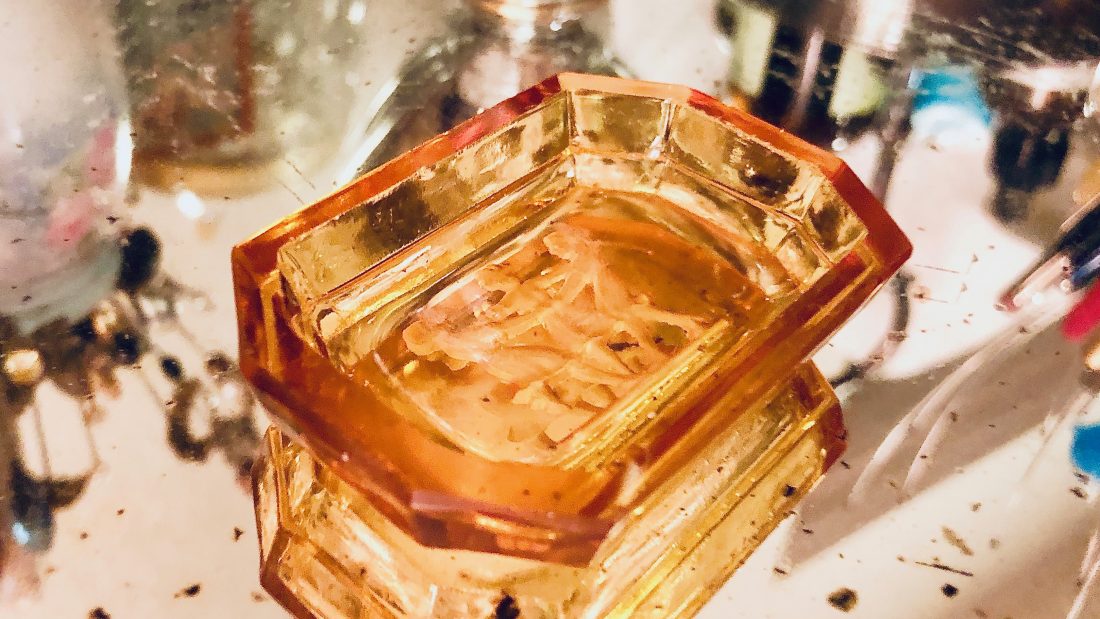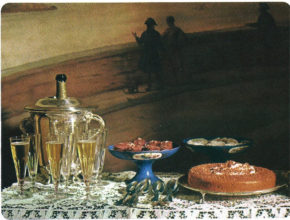In the “All the Stuff” posts, I’m going to talk about obscure etiquette/dining/home items that you might not know the purpose of. This is all the stuff that might have filled a Regency, Victorian or Edwardian home. Many of these items had specialized functions in previous times that have since been lost to history.
Our first items are salt cellars:
Salt Cellars are the stuff of Chinaholics’ dreams. Tiny, useful, then useless and now once again useful items that are so pretty they are practically irresistible when seen in thrift stores or antique shops.
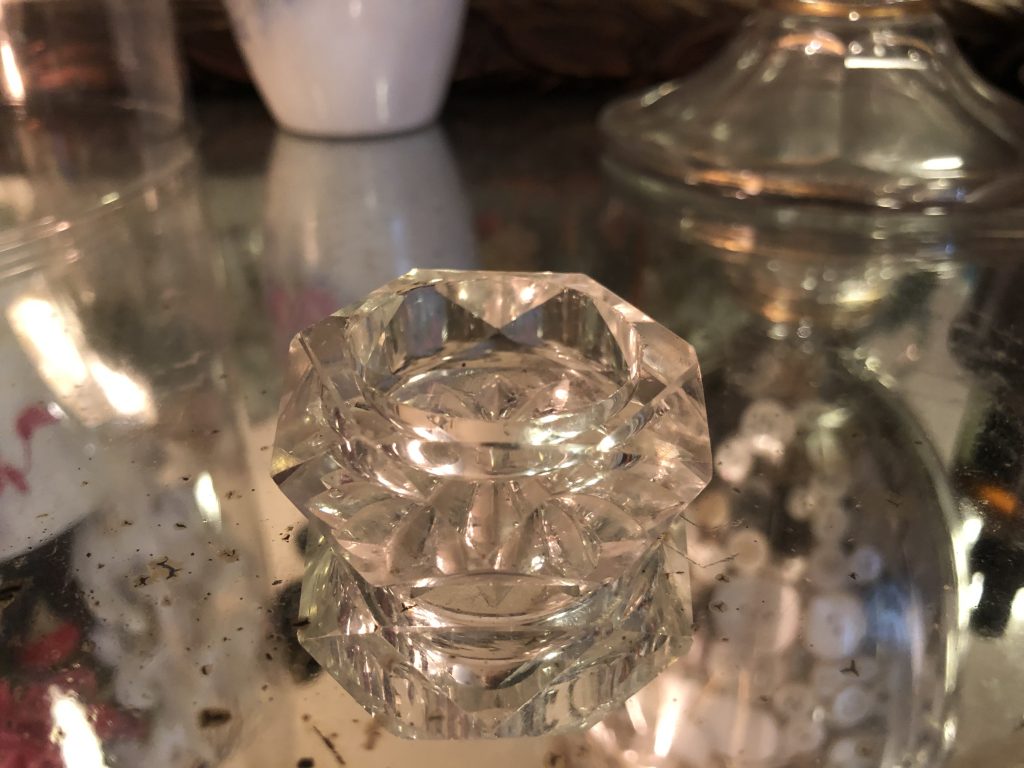
So why open bowls for salt? Until the 20th century salt was fairly moist and flakey. It clumped easily and was best served from a little bowl. In the twentieth century, for the first time, a chemical anti-caking agent was added to salt to make it free flowing, (usually magnesium carbonate, Sodium ferrocyanid, Potassium ferrocyanide, calcium silicate, calcium phosphate, magnesium silicate, or calcium carbonate – sorry for the excessive detail, my parents both worked in the field of chemistry I think this stuff is fascinating). This allowed for us to place salt in shakers. Neater and less prone to spills, salt shakers almost entirely replaced the salt cellar in the mid twentieth century.
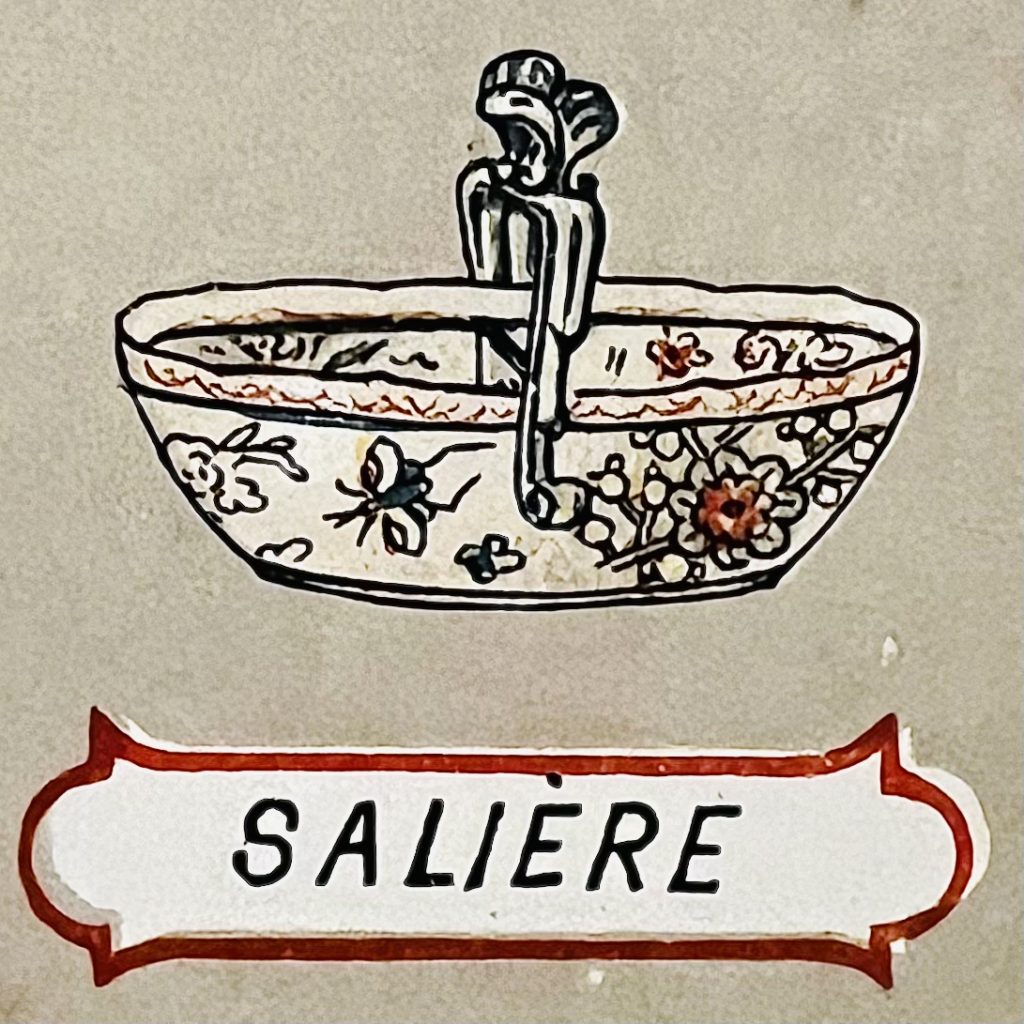
Though salt was manufactured as far back as 6000 B.C., salt cellars as we might recognize them go back to the tables of the ancient Romans. [If there are any Chinese scholars on this subject out there, please let me know if the Chinese were using specialized salt dishes. I realize the Chinese were some of the earliest peoples to make salt.]
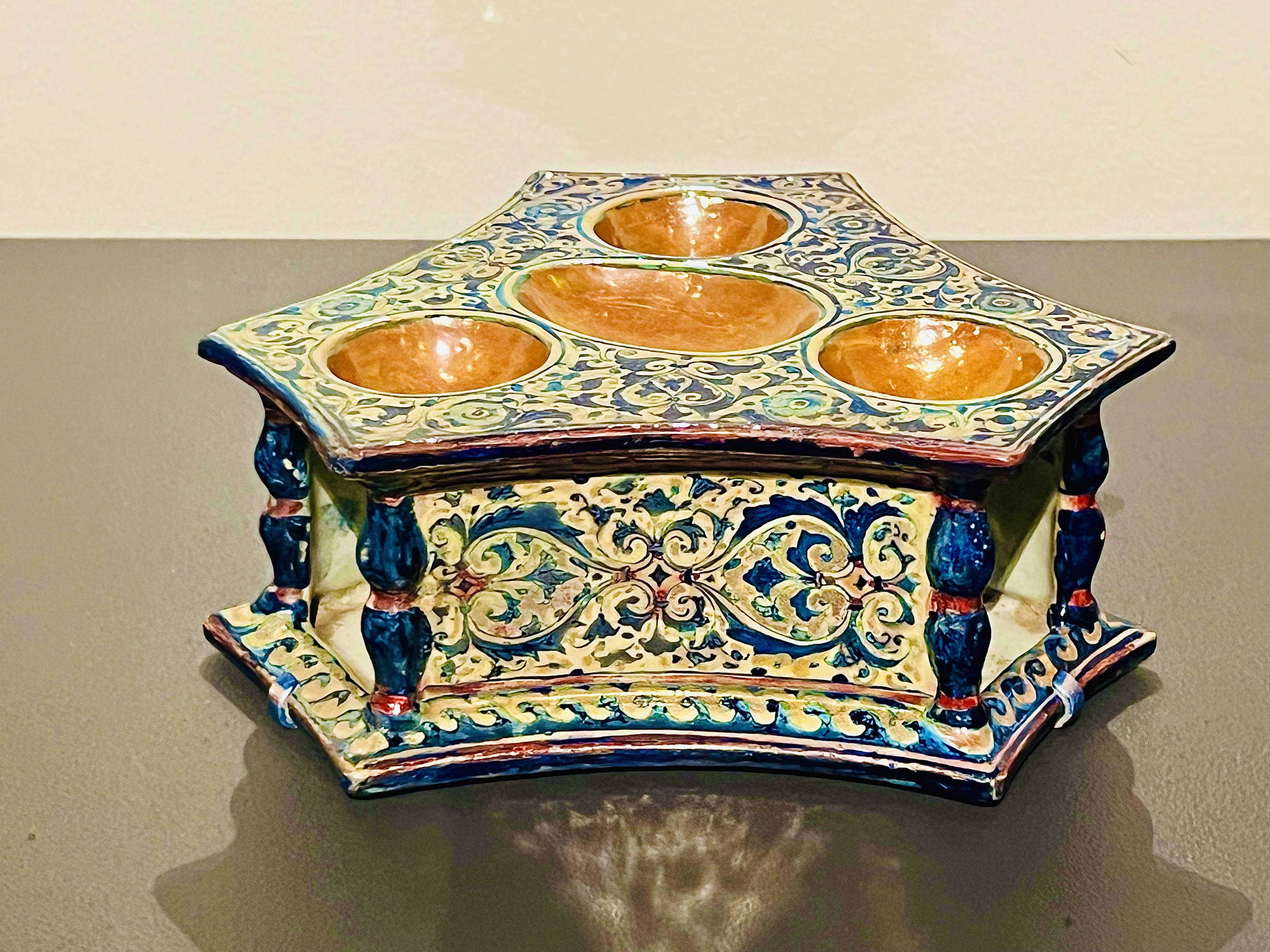
At first spice dishes appeared on tables, these might include salt, but included many other expensive spices. Salt and spices were rare and coveted additions to the table and it showed the hosts’ wealth and power as they presented the guest with “white gold”. Platters of spices might be passed so guests could liberally help themselves. Guests at these banquets would often take salt and spices home, in a sort of medieval doggy-bag fashion.

In medieval times, diners at a banquet would each have their own salt cellar. These might be as humble as wood or clay or as ornate as brass, gold or silver.
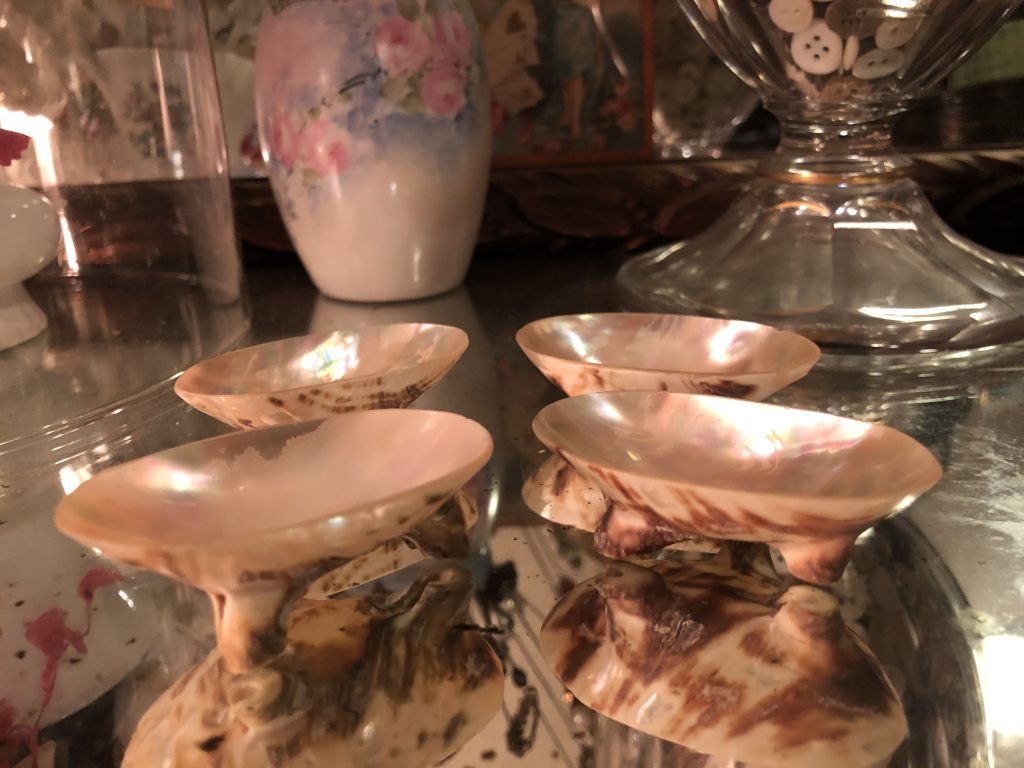
Salt remained mainly, though not only, for the rich throughout the Tudor and Elizabethan periods. Very wealthy hosts of these periods might have a giant gold or sterling silver salt cellar in the shape of a ship, exotic animals or cherubs holding sea shells while standing on misshapen dolphins. These were known as great salts and they just screamed how f’ing rich the owner was.
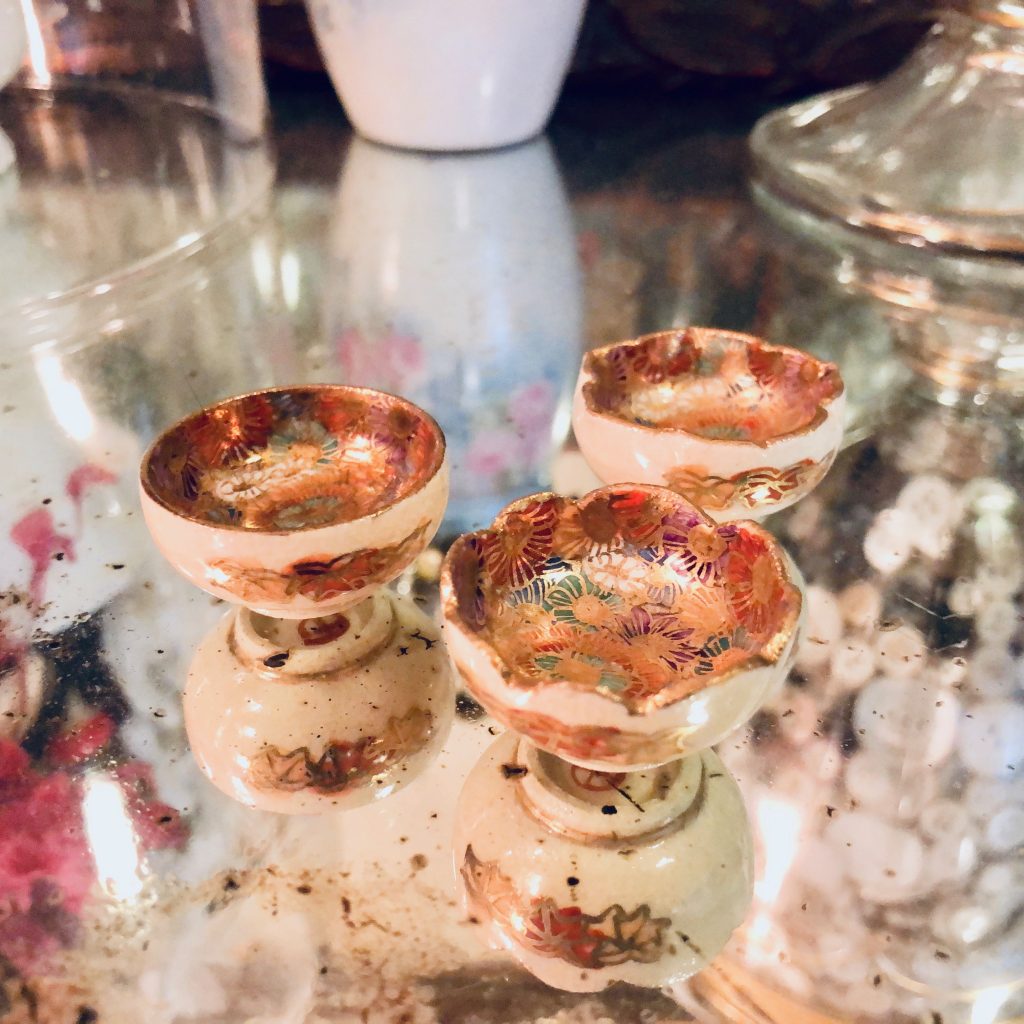
Being seated in front of or near the great salt was an honor. Many great salts had little wheels on the bottom so that the salt could be passed easily around the table. If you weren’t “above the salt” and you were at the dreg ends of the table, you might find yourself with wood or crockery salt cellars at your place. Oh, the horror!
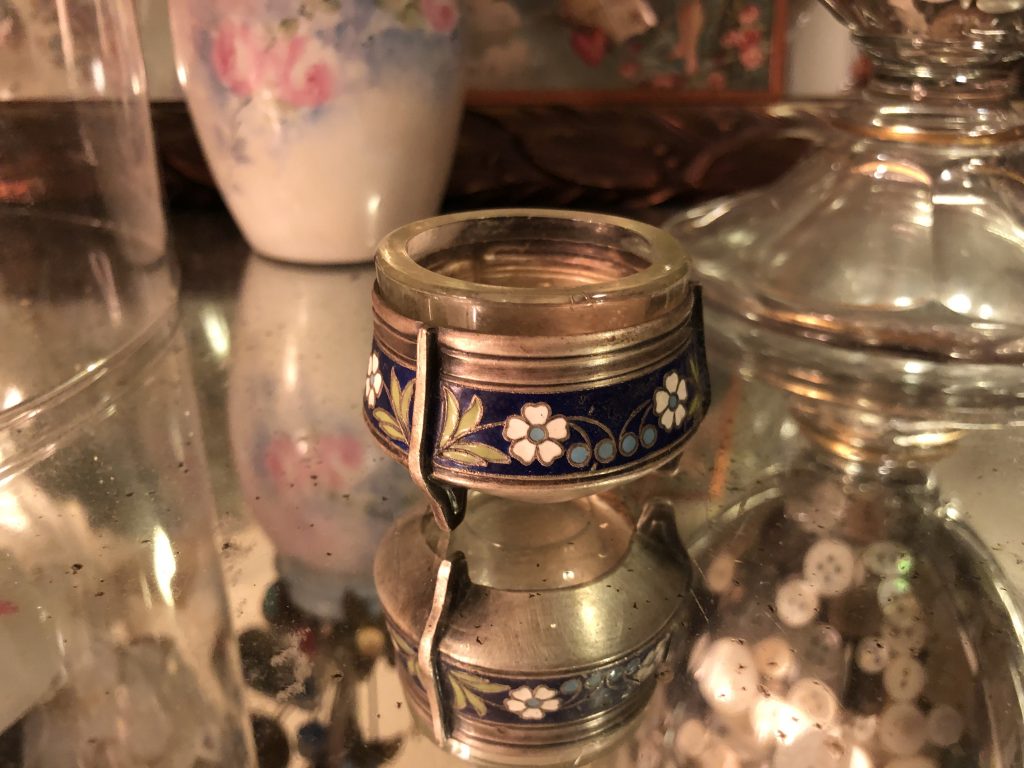
By the time salt cellars made it to the late 18th century, salt cellars were made of gold or silver, sometimes with glass liners. Porcelain, pewter and blown glass were also common. The double cellar is more often seen in this period as well, with one bowl for salt and the other for pepper (yup, known as black gold). There are also triple cellars, for salt, pepper and another spice. Sometimes flavored salts were used in these. Celery salt and nutmeg were a popular choices at the time.
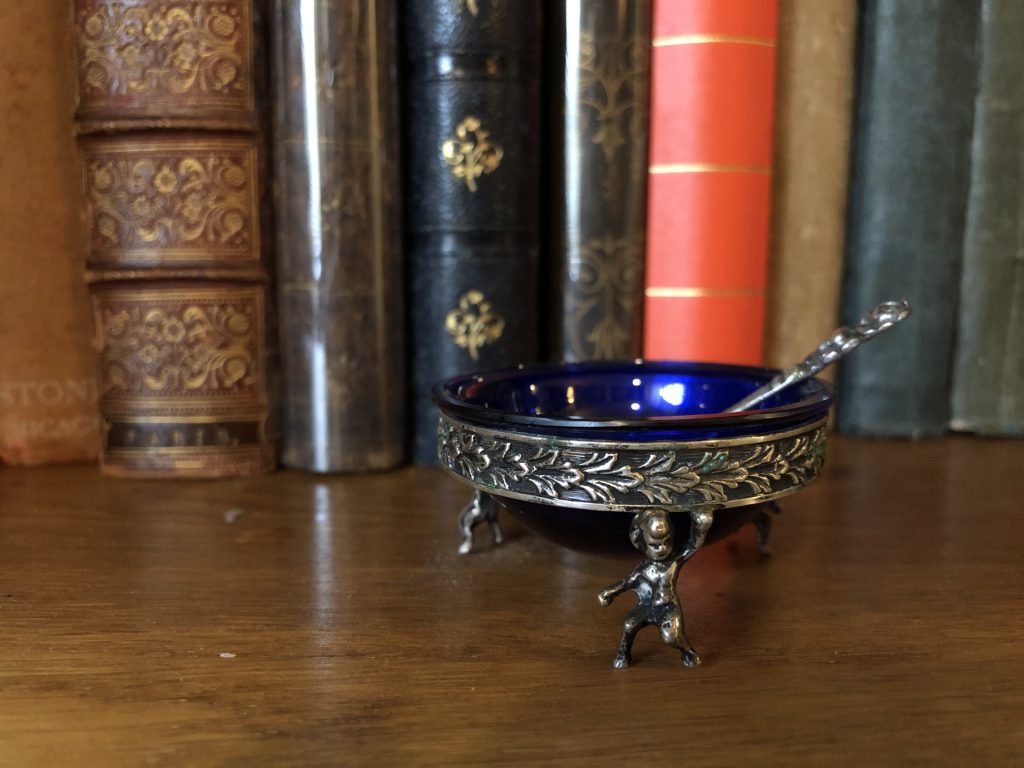
The 19th century saw individual cellars become the norm at fine tables. An explosion in table silver designs for not only the wealthy, but for a burgeoning middle class culminated in sets of first salt and pepper cellars and salt, pepper and mustard pot, (a little lidded dish for the condiment in paste form). Then salt cellars and pepper shakers and salt cellar, pepper shaker and mustard pot. These are the sets that make the heart beat faster when you watch a period drama and are known as condiment sets.
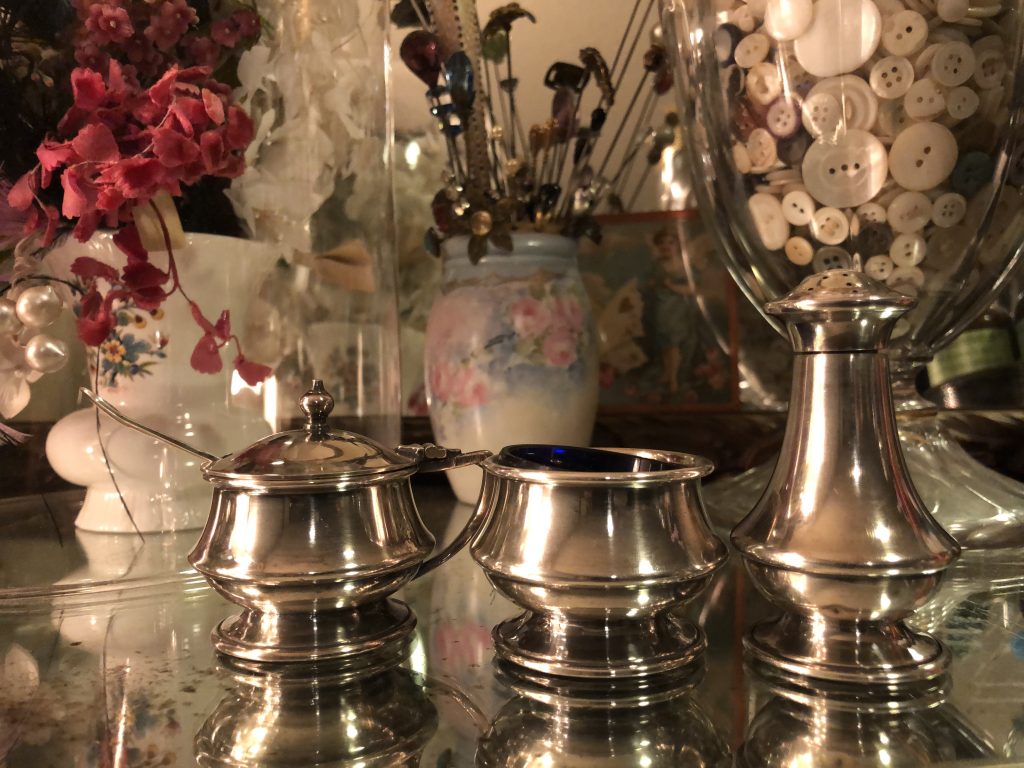
With the rise of gourmet salts, the salt cellar is making a mild comeback. Black salt, pink Himalayan salt, grey salt, French flake salt, truffle salt, smoked salt and my absolute favorite, omnivore salt… the list is endless. Many new salts are not treated with iodine or flowing agents and so are once again in open bowls.
Along with salt cellars, a lovely little collectable is the salt cellar spoon. I love the sterling silver variety, but honestly, mother of pearl and bone are more practical.
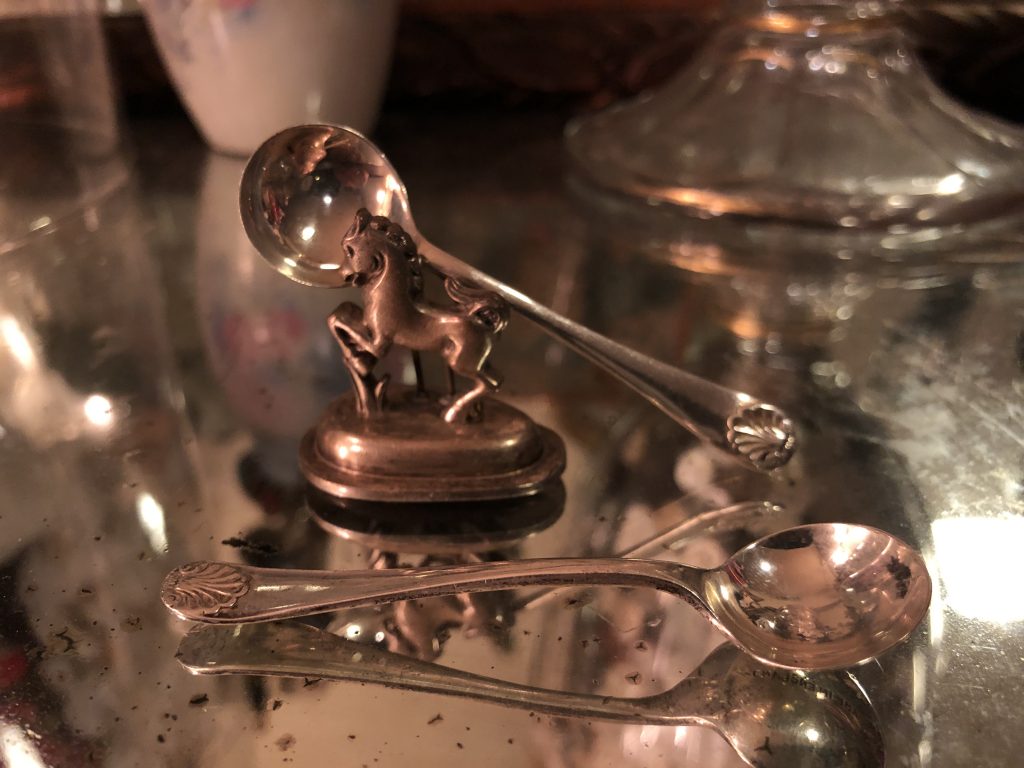
Interesting note, when you’re looking at listings for porcelain salt cellars, you might come across tiny little plate like dishes. These are actually not salt cellars, if they are circular, they are butter pats. There are some salt cellars that look a little flat, but these will always have high enough sides to contain salt without spilling and will resemble a shallow bowl rather than a little plate. Sometimes, you’ll see tiny oval plates labeled as salt cellars, they are salt dips for celery. I’ll cover butter pats and salt dips in another post.
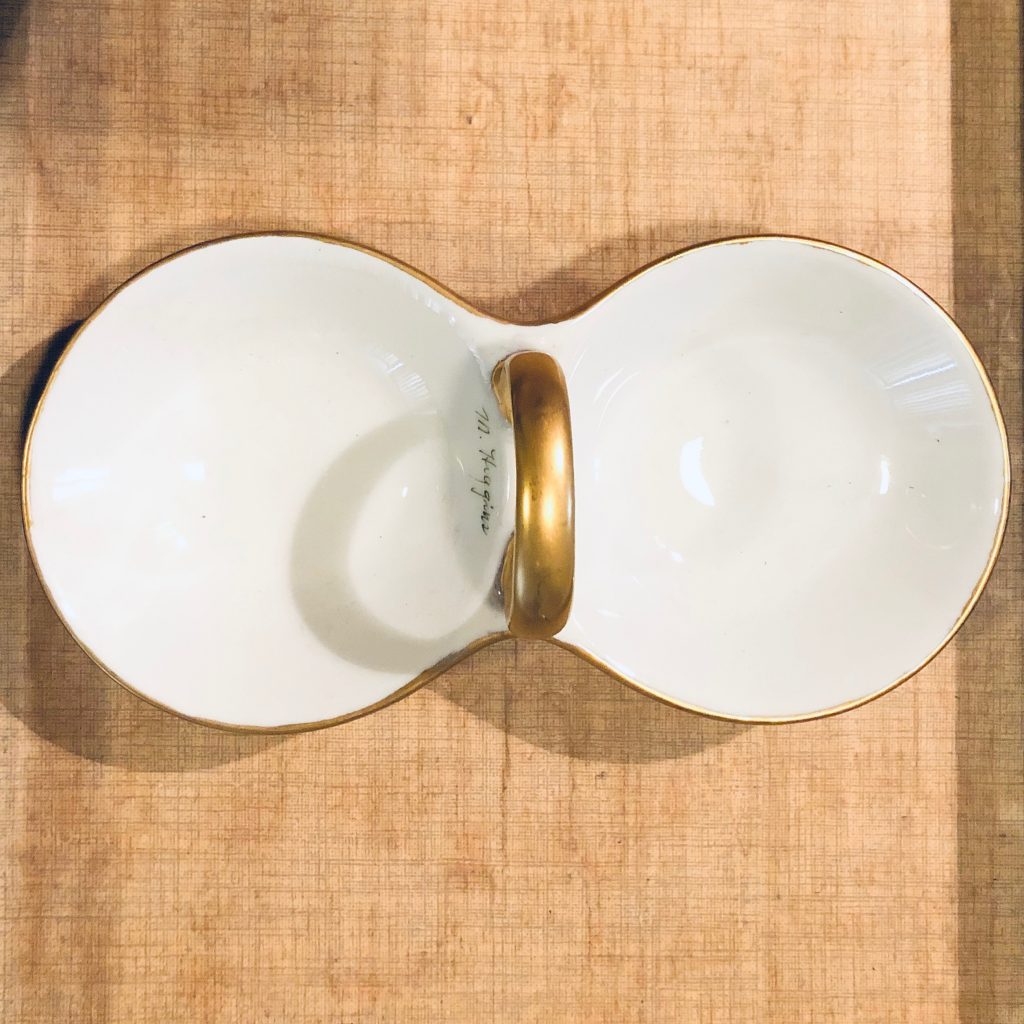
Little note: sterling silver is corroded by salt. If you find a silver salt that does not contain a glass liner or is gilded with gold inside, you will need to put the salt in just before the meal and remove it right after, rinsing any traces of salt away. Same with salt cellar spoons – never leave them sitting in the salt overnight after a dinner.

Fun fact: Salt was so expensive and desired, Roman soldiers were often paid a portion of their fees in salt which is why you are now paid a “salary”.
So, if you’re collecting salt cellars, you can still sometimes find these at the thrift store but rarely in sets. Your best choices are eBay, Etsy, ruby lane and antique malls. A number of pottery makers and artisan wood covers are still making salt cellars so there are many modern styles to choose from if your dishes are contemporary.
I hope you’re doing well. Much Love, Cheri
